Ho Chi Minh City PCR testing of severe hand, foot and mouth disease samples, hospitals recorded the dangerous Enterovirus (EV71) virus reappearing after 12 years of outbreak.
On the afternoon of June 1, a representative of the Ho Chi Minh City Department of Health said the above, adding that the number of hand, foot and mouth disease cases since the beginning of the year is low, more than 1,670 cases, only 46% compared to the same period last year. However, the reappearance of the EV71 virus strain that causes severe illness makes the situation "really worrying".
The city's pediatric hospitals are treating 33 children with hand, foot and mouth disease, all under 5 years old, including 9 severe cases. Among the severe cases, there are four cases of EV71. On May 31, Children's Hospital 1 recorded one death after contracting grade 4 hand, foot and mouth disease. This case is awaiting PCR confirmation test results.
In 2011, EV71 caused an outbreak of hand, foot and mouth disease in Ho Chi Minh City with many severe and fatal cases. At that time, the common type was C4. In 2018, the number of severe cases decreased, mainly type B5. This year, the Department of Health representative said that they are continuing to coordinate with OUCRU (Oxford University Clinical Research Unit) to sequence the virus gene to determine the dangerous disease-causing type of EV71.
The characteristics of EV71 are that it spreads very quickly and progresses severely, with high fever. Children with hand, foot and mouth disease caused by EV71 virus can suffer from complications such as neurological, cardiovascular, pulmonary edema, shock, heart failure and rapid death.
When EV71 virus enters the body, it usually resides in the cheek mucosa or intestinal mucosa in the ileum. After 24 hours, the virus will travel to the surrounding lymph nodes, from here it will enter the blood causing bacteremia in a short period of time. From bacteremia, the virus reaches the oral mucosa and skin. The incubation period usually lasts 3-7 days.
The disease begins with fever, followed by blisters on the oral mucosa (gums, tongue, inside the cheeks), and a red rash on the hands and feet. In cases of EV71 infection, the disease will become more complicated, especially when the virus damages the central nervous system, which will manifest as typical meningitis.
Type EV71 not only causes hand, foot and mouth disease but also has the ability to cause diseases in the central nervous system such as viral meningitis and, more rarely, severe forms such as encephalitis or polio-like paralysis.
Currently, all hospitals can perform PCR tests to diagnose the causative agent of hand, foot and mouth disease . However, according to the Ministry of Health's diagnosis and treatment guidelines, diagnosis is based on clinical symptoms and only tests for the agent are performed in severe cases to differentiate from other diseases and for epidemiological research.
The representative of the Department of Health stated that it is important to detect severe symptoms early for timely hospitalization and treatment. Therefore, the Department established a team of experts to support consultations on severe cases and organize district-level inspections on epidemic prevention and control. Specialized pediatric hospitals are ready with equipment for resuscitation of severe cases such as blood filtration, ECMO (extracorporeal circulation system), and treatment drugs according to the protocol.
The Department also requested the Ministry of Health and the Drug Administration to support the supply of adequate drugs, especially two types of drugs Phenobarbital and Gamma Globulin for intravenous infusion for seriously ill patients.
Rapid response teams and District and Thu Duc City Medical Centers have initiated epidemic prevention in the community, families and schools.
Hand, foot and mouth disease is an acute viral infection, transmitted through the digestive tract, commonly found in young children and capable of causing large epidemics. Typical signs of the disease are fever, sore throat, lesions of the oral mucosa and skin, mainly in the form of blisters commonly found on the palms, soles, knees, and buttocks. Most cases have a mild course. In some cases, the disease progresses severely and dangerous complications can lead to death. The disease needs to be detected early and treated promptly.
Hand washing is the most important preventive measure. Clean children's toys and the house with soap, Javel solution or common antiseptic solutions. Detect early signs of hand, foot and mouth disease in children such as blisters on the palms of the hands and feet, mouth ulcers... to isolate them promptly and limit the spread. Children with hand, foot and mouth disease need to be closely monitored and early detected severe signs such as persistent high fever that is difficult to reduce, frequent vomiting, startle and dizziness, and shaking hands and feet.
American Italy
Source link


![[Photo] National Assembly Chairman Tran Thanh Man attends the summary of the organization of the Conference of the Executive Committee of the Francophone Parliamentary Union](https://vstatic.vietnam.vn/vietnam/resource/IMAGE/2025/4/15/fe022fef73d0431ab6cfc1570af598ac)
![[Photo] Ho Chi Minh City after 50 years of national reunification through buildings and symbols](https://vstatic.vietnam.vn/vietnam/resource/IMAGE/2025/4/15/a224d0b8e489457f889bdb1eee7fa7b4)
![[Photo] General Secretary To Lam meets with veteran revolutionary cadres, meritorious people, and exemplary policy families](https://vstatic.vietnam.vn/vietnam/resource/IMAGE/2025/4/15/7363ba75eb3c4a9e8241b65163176f63)
![[Photo] Welcoming ceremony for Prime Minister of the Federal Democratic Republic of Ethiopia Abiy Ahmed Ali and his wife](https://vstatic.vietnam.vn/vietnam/resource/IMAGE/2025/4/15/77c08dcbe52c42e2ac01c322fe86e78b)
![[Photo] Air Force actively practices for the April 30th celebration](https://vstatic.vietnam.vn/vietnam/resource/IMAGE/2025/4/15/16fdec3e42734691954b853c00a7ce01)



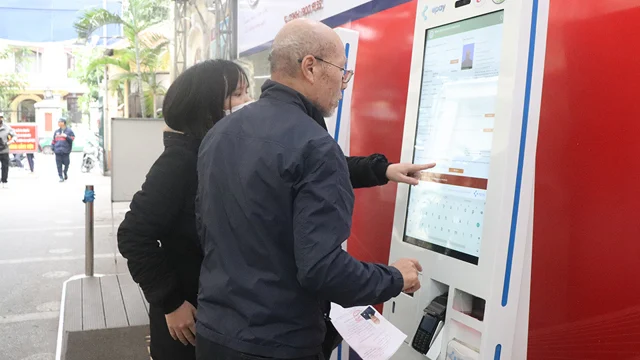

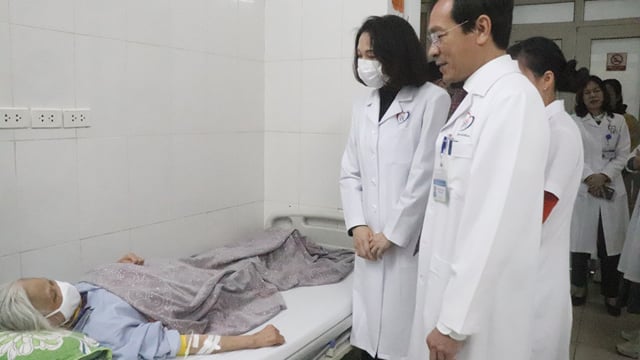
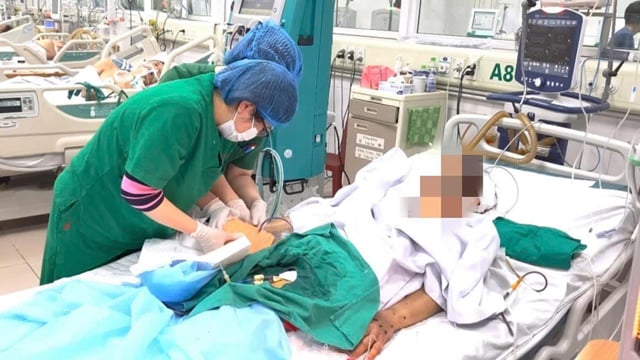
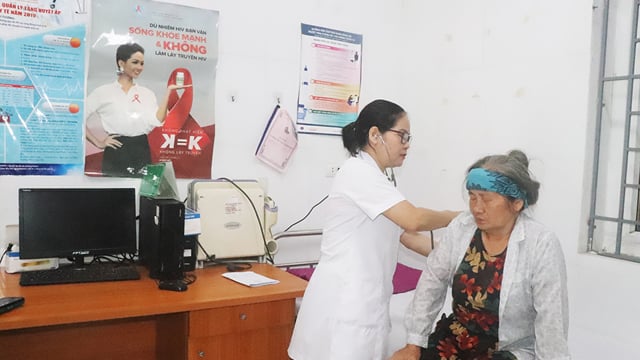
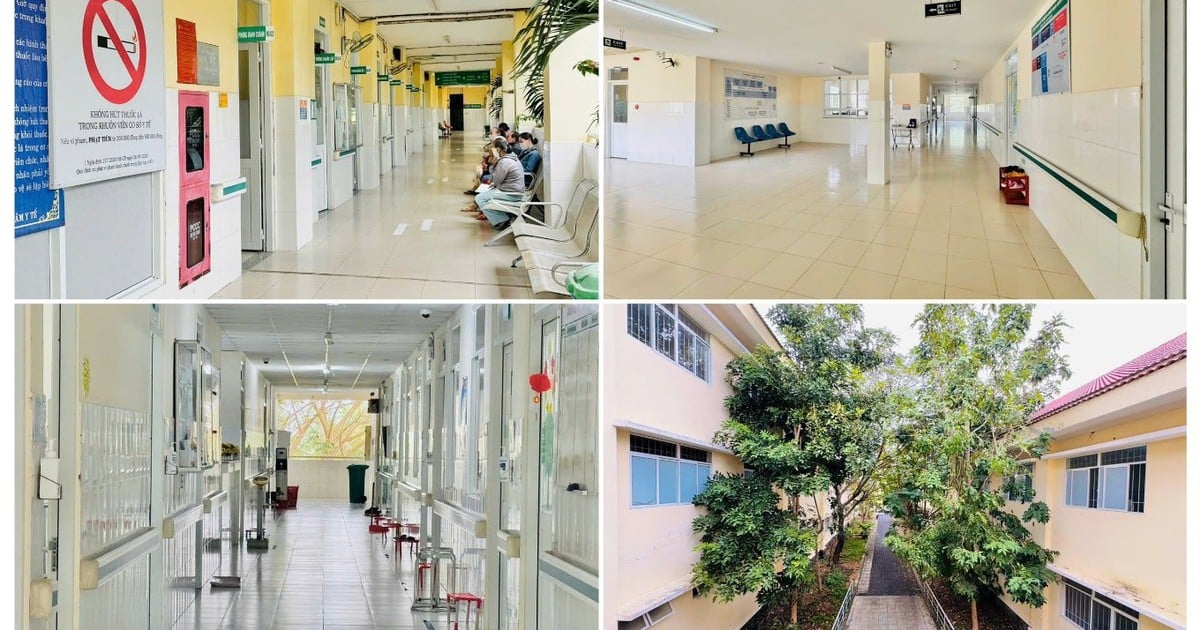


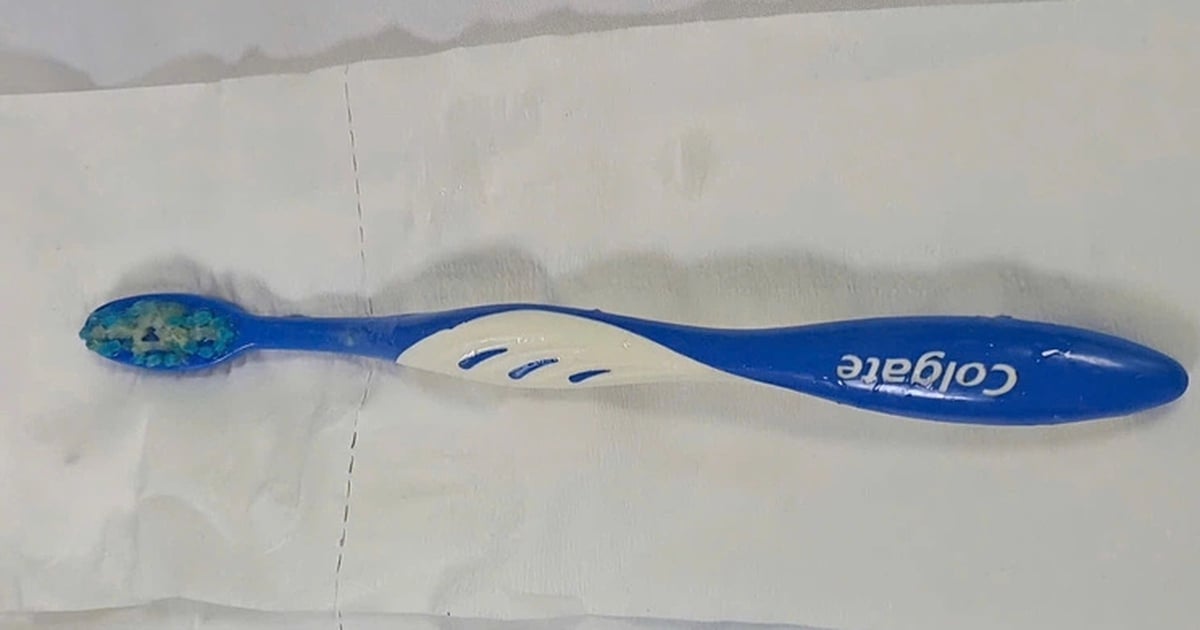
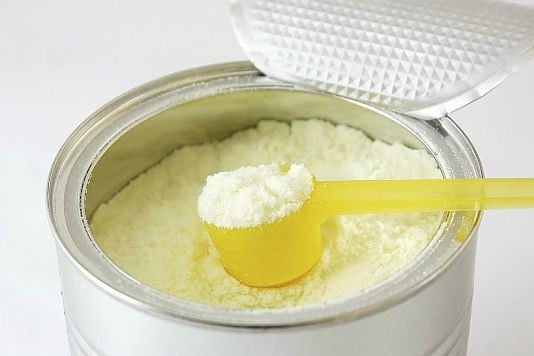

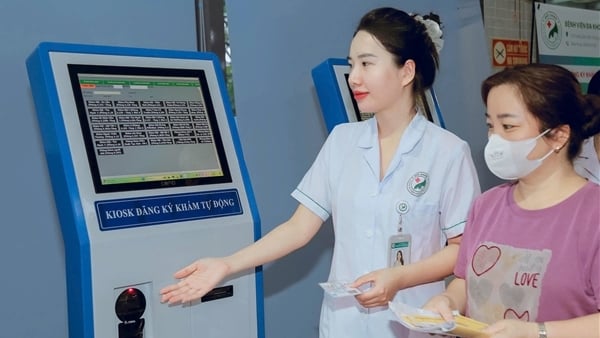


























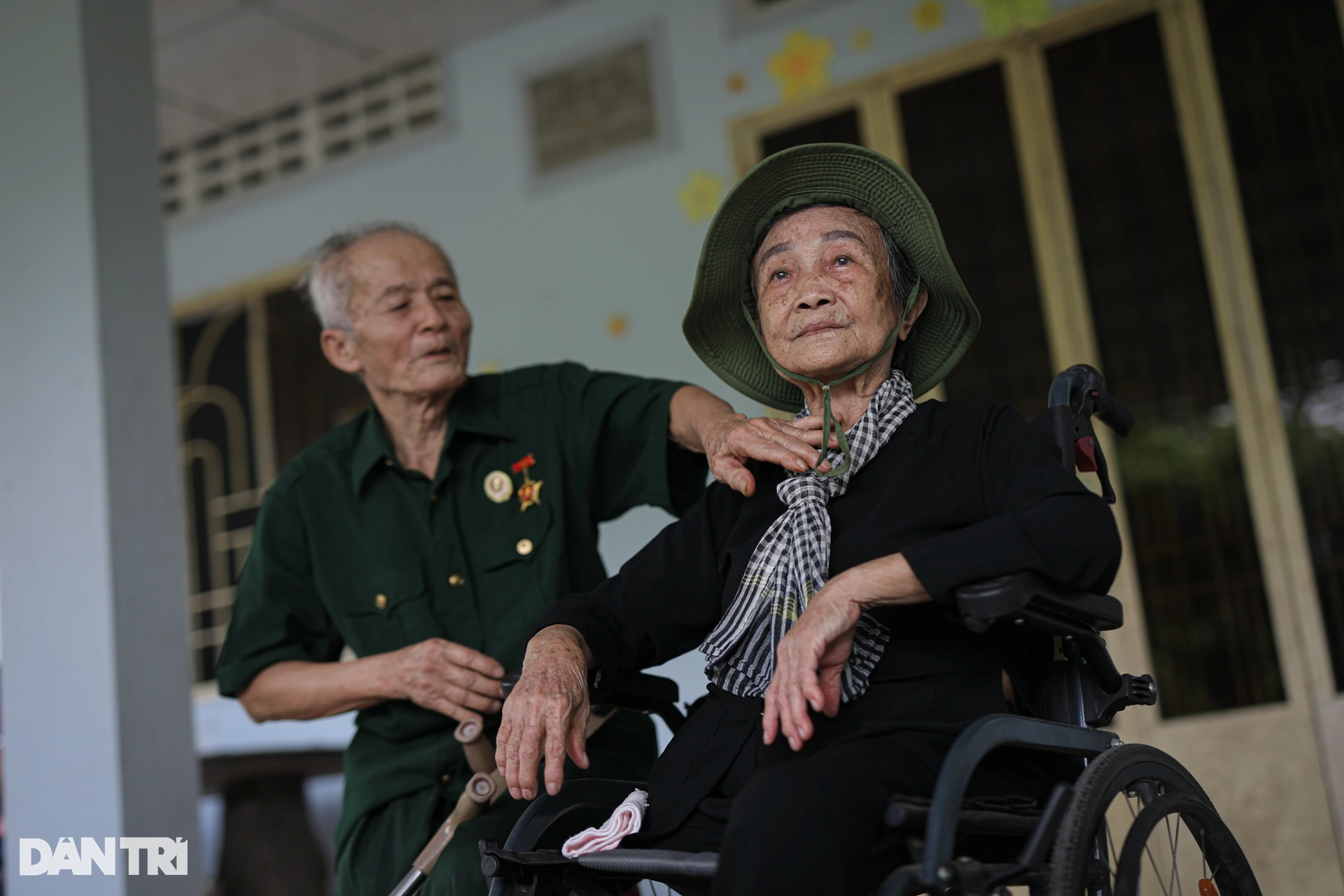




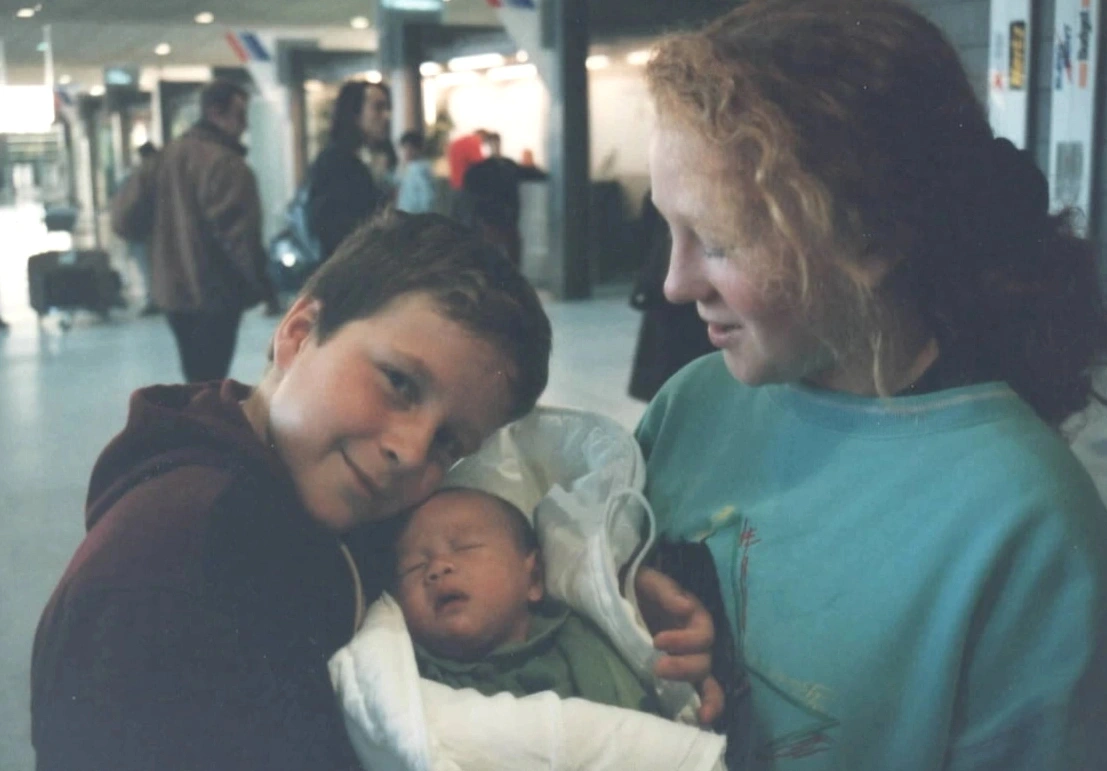







































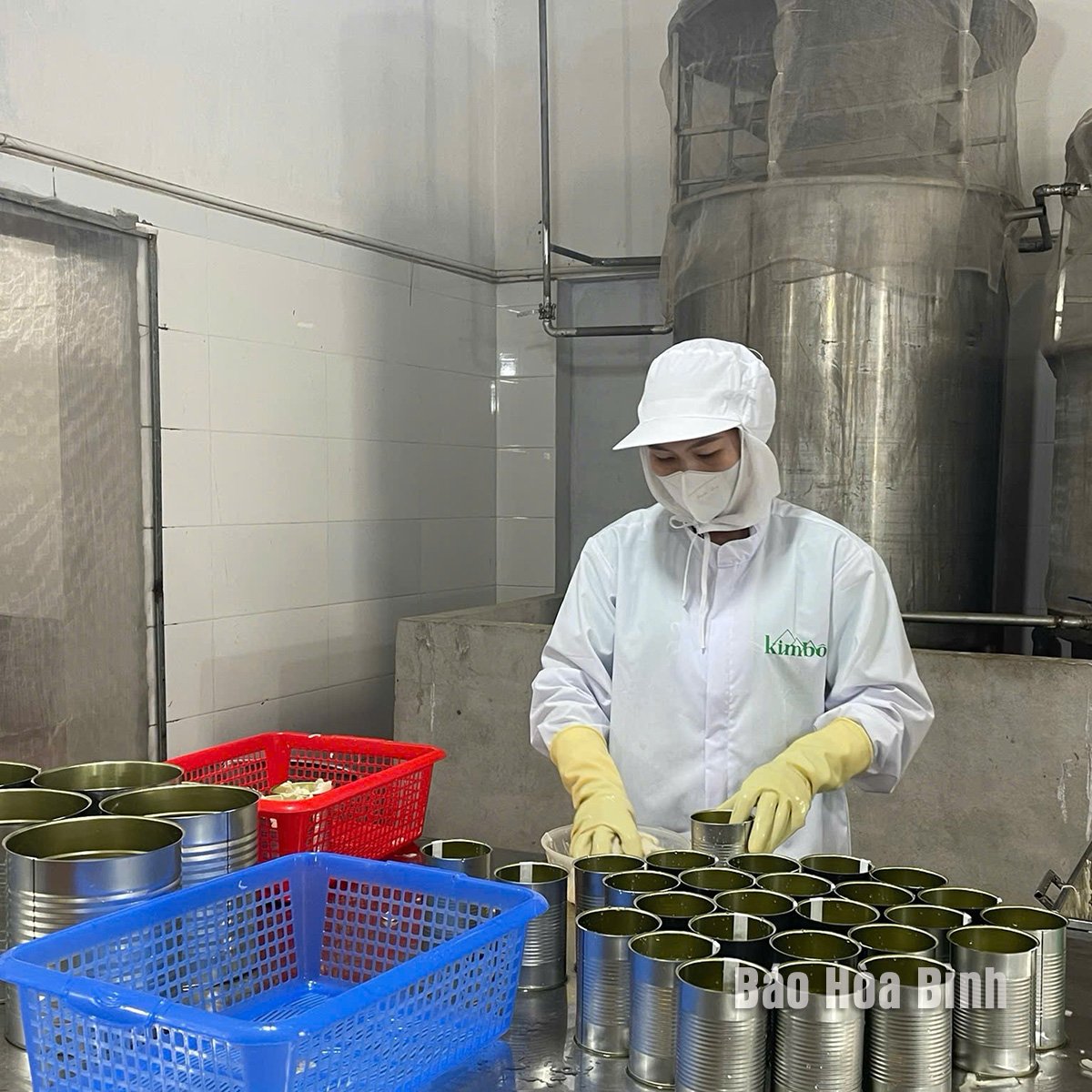

Comment (0)